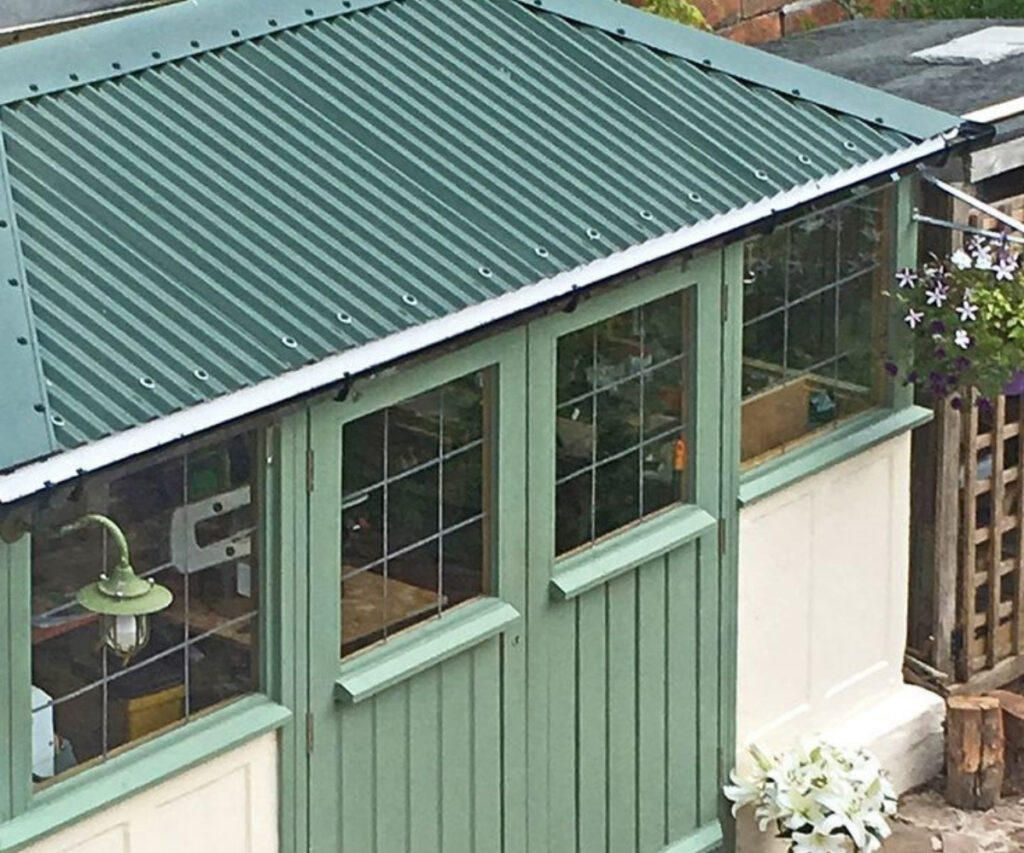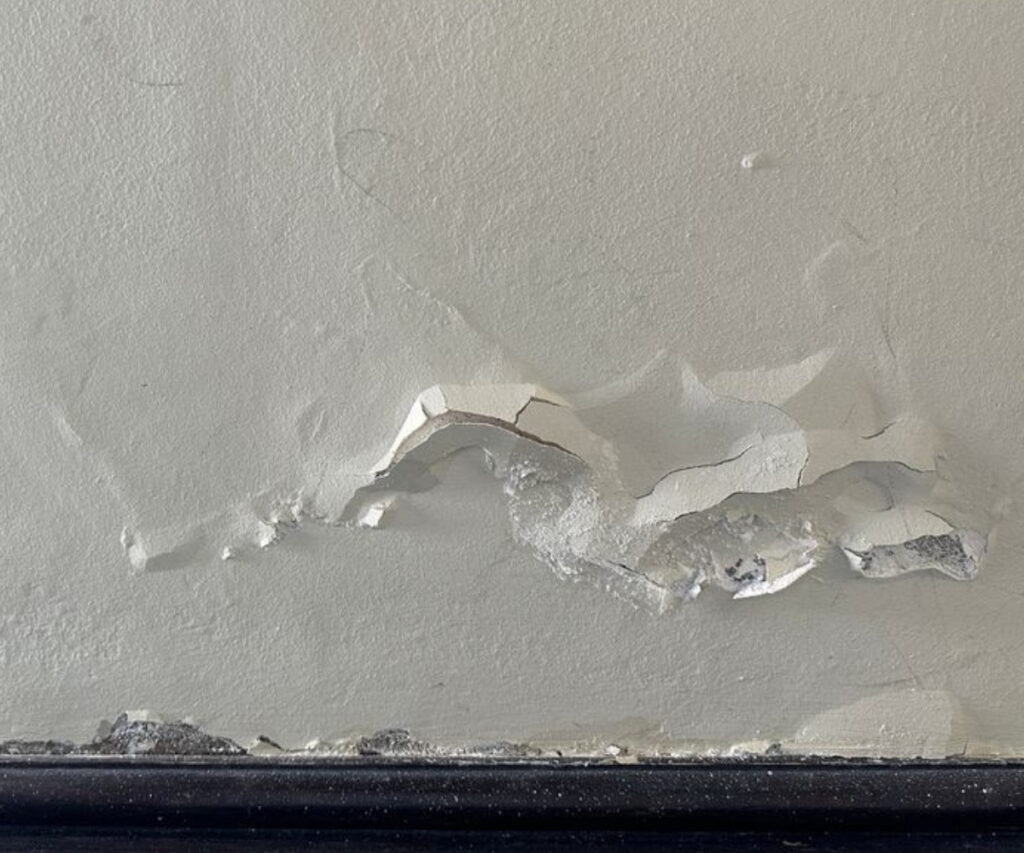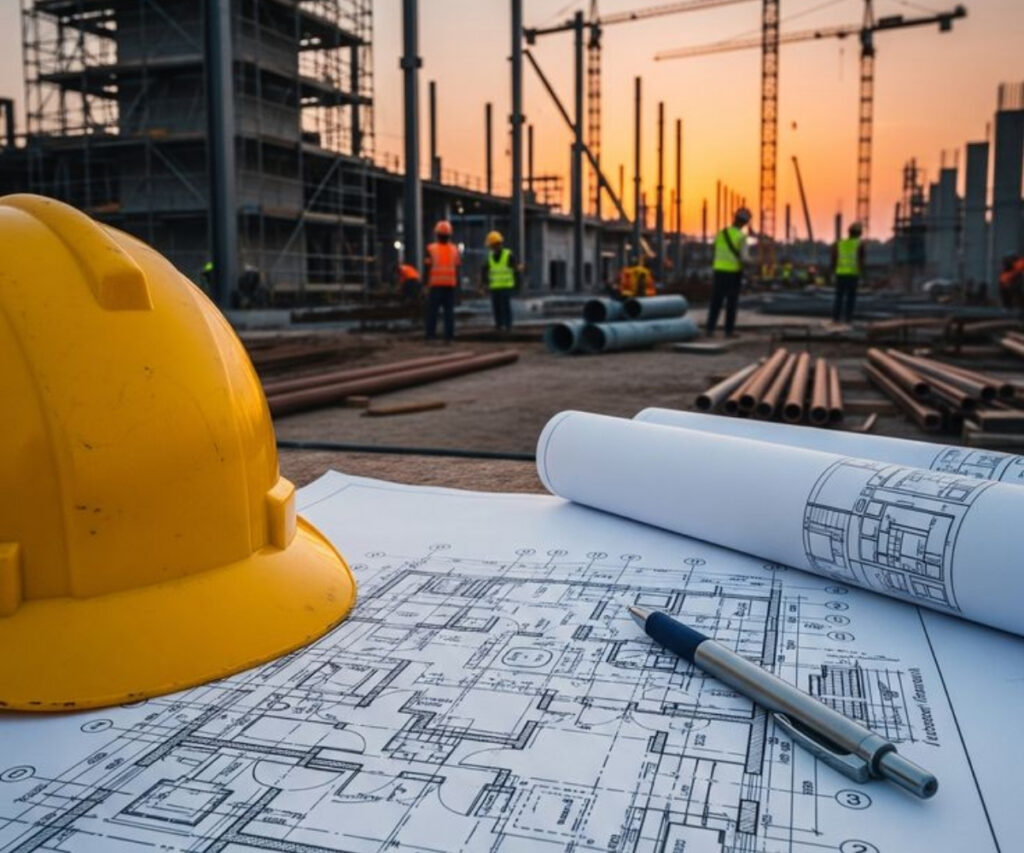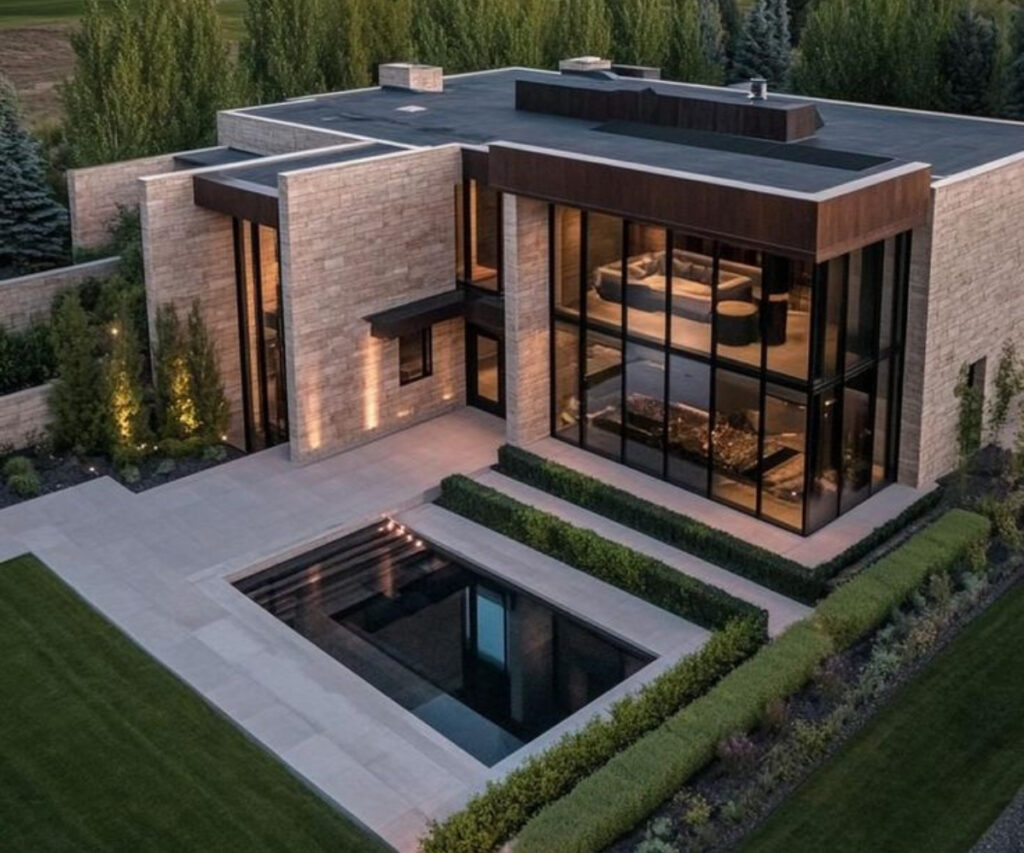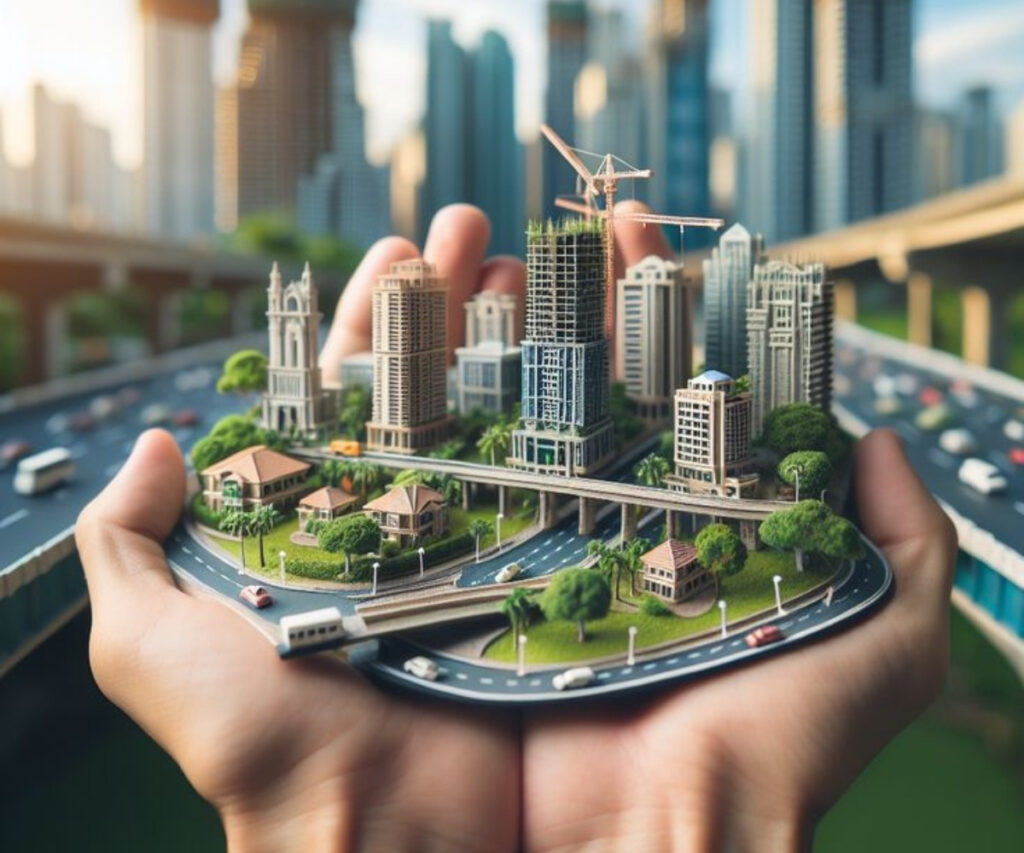Best Roofing Options for Indian Homes | Complete Guide by Alakar Tirupathi Builders
Roofing Options for Indian Homes: A Complete Guide The roof is not just the topmost layer of a house—it’s the crown that protects your home from heat, rain, and time itself. Choosing the right roofing option plays a vital role in ensuring durability, energy efficiency, and aesthetic appeal. At Alakar Tirupathi Builders, we believe that the perfect roof combines beauty, strength, and climate adaptability. This complete guide will help you explore the best roofing options for Indian homes. 1. Concrete Roofing Concrete roofs are one of the most common choices in India, known for their strength and longevity. They are ideal for flat-roof designs and can support additional construction like solar panels or water tanks.Pros: Durable, low maintenance, ideal for terraces.Cons: Can retain heat; requires proper waterproofing. 2. Clay Tile Roofing Clay tiles bring a traditional and aesthetic charm to Indian homes. They are eco-friendly and excellent at keeping interiors cool in tropical climates.Pros: Great insulation, long lifespan, elegant look.Cons: Heavier than other materials; may require stronger roof support. 3. Metal Roofing Modern and sleek, metal roofs are becoming increasingly popular for both urban and rural homes. They’re lightweight, fire-resistant, and highly durable.Pros: Long-lasting, energy-efficient, recyclable.Cons: Can be noisy during rainfall if not insulated properly. 4. Asphalt Shingle Roofing Asphalt shingles are a cost-effective and stylish choice for sloped roofs. They come in various textures and colors to match different architectural styles.Pros: Easy installation, versatile design options.Cons: Shorter lifespan compared to tiles or metal roofs. 5. Slate Roofing For homeowners who want luxury and durability, slate roofs are unmatched. They are made of natural stone, offering exceptional weather resistance and timeless beauty.Pros: Extremely durable, fireproof, low maintenance.Cons: Expensive and requires skilled installation. 6. Polycarbonate Roofing Perfect for skylights, patios, and verandas, polycarbonate sheets allow natural light to enter while providing UV protection. They are ideal for modern architectural designs.Pros: Lightweight, UV-resistant, versatile.Cons: Not suitable for main roofing in heavy rainfall regions. 7. Terracotta Roofing Terracotta tiles offer a rustic and earthy appearance, making them perfect for traditional Indian homes and heritage-style buildings.Pros: Great insulation, natural aesthetic.Cons: Brittle compared to concrete or metal roofs. 8. Green Roofing Eco-conscious homeowners are turning toward green roofs—where vegetation grows over waterproof layers. They reduce heat, purify air, and blend beautifully with nature.Pros: Environment-friendly, reduces heat absorption, aesthetic appeal.Cons: Requires regular maintenance and proper drainage systems. Factors to Consider Before Choosing a Roof Climate: Select materials suited to local weather—heat, humidity, or heavy rainfall. Budget: Compare initial costs with long-term maintenance expenses. Design: Match the roofing style with your home’s architecture. Durability: Opt for materials that offer long life and minimal repairs. Energy Efficiency: Reflective and insulated roofs reduce cooling costs. Why Choose Alakar Tirupathi Builders At Alakar Tirupathi Builders, we specialize in creating custom roofing solutions tailored to each client’s needs. Whether it’s a modern metal finish or a classic tile roof, we ensure: Quality materials and skilled craftsmanship Climate-appropriate roofing designs Affordable and transparent pricing Long-lasting structural integrity Your home deserves a roof that protects and enhances its beauty—and we make that possible. Conclusion Choosing the right roofing option for your Indian home can transform both its look and comfort level. From traditional tiles to modern metal sheets, every material has its unique strengths. With expert guidance from Alakar Tirupathi Builders, you can ensure your roof stands strong and stunning for years to come.

